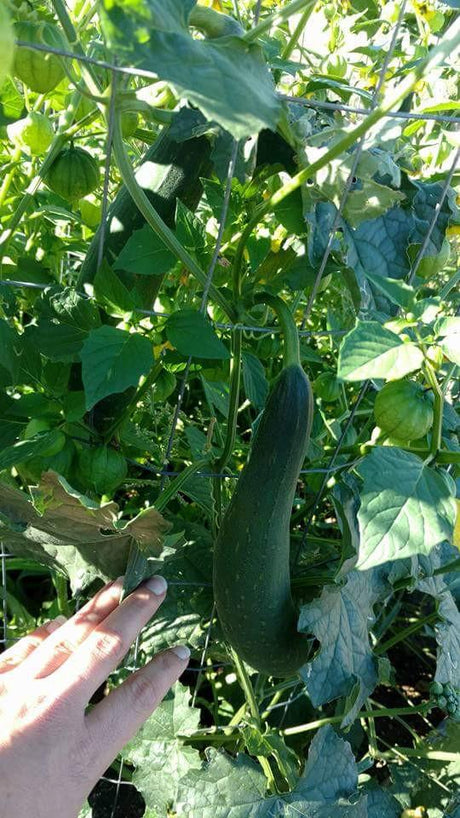
How to Grow Luffa from Seed
You've probably heard of a luffa sponge and you might have even used them. Did you know that a luffa sponge is actually a gourd? Luffa is one of our...
Mary Smith |
Welcome to our store Learn more

You've probably heard of a luffa sponge and you might have even used them. Did you know that a luffa sponge is actually a gourd? Luffa is one of our...
Mary Smith |
Over 1,000 varieties of Heirloom Seeds
Free Shipping on Qualifying orders of $20 or more
Planting guides to help you grow a successful garden